Pictures:
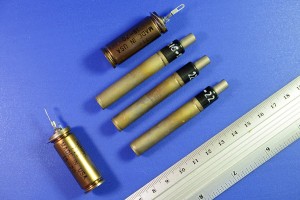
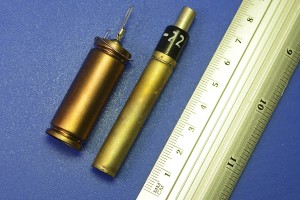
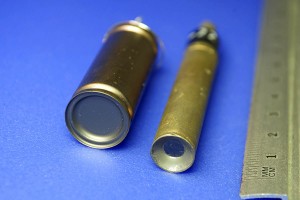
This is a rare Geiger Muller tube with a mica end window that allows it to detect alpha, beta and gamma radiation. It is a good substitute for the LND712 (both pictured above) where a multi-radiatin type detector is required, yet its low availability makes it problematic for any developing project (see uRADMonitor-D). This source indicates the SBT-9 was used in Russian spacecraft: “Vernov and his associates frequently used the STS-5 gas-discharge tube, which was 9 × 1 cm. These were typically mounted on the inner hull of the spacecraft, providing about 1 gram per square centimeter of aluminum shielding to discriminate high energy protons. The SBT-9 end-window tube was sometimes used, mounted outside the spacecraft to measure lower energy protons and electrons. More compact spacecrafts, like the Luna-9 lander, might use the miniature 0.6 × 1 cm SBM-10 tube.”
What’s interesting is that each of these tubes had a unique serial number, written by hand both on the tube and on the accompanying datasheet. The numbers are also relatively small, perhaps indicating a limited production. The end mica window has a special cone geometry that makes it more resistant to external damage.
Details:
Halogen quenched Geiger Muller tube, with a Mica end window making it suitable for detecting alpha beta and gamma radiation.
Notes on sensitivity:
The sensitivity to Gamma is comparable to the SI-29BG tube.
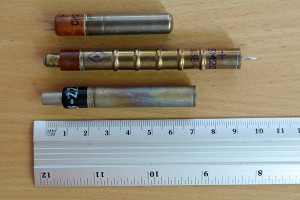
It’s a great candidate for miniature DIY geiger detectors. The following chart shows the average of the background readings over a period of several hours and each point in the chart was computed using another average of 60 independent, consecutive measurements. The dosimeter used to take the measurements has 1 minute resolution.
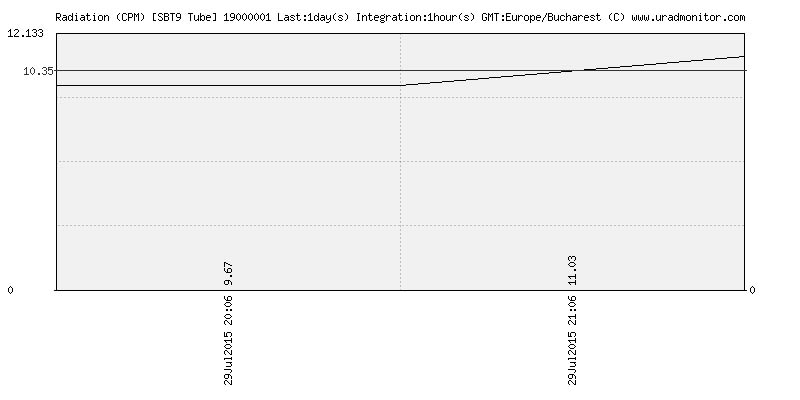
The chart is generated for a background gamma radiation of 0.12uSv/h and shows an average of 10.35CPM
Datasheet:
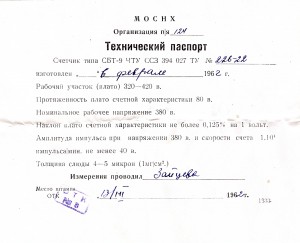
MCOX
Organizations no. 124
Technical passport
Counter type SBT-9 CTU (…) Number 226-22
Manufacture year: 1962
Working voltage (Geiger conditions) 320-420V
The length of the Geiger plateau (flat part of counting curve): 80V
Rated operating voltage 380V
Geiger plateau slope 0.125 % / V
The amplitude of the output pulse at 380V input voltage and at a count rate of 1.10^4 CPM is not less than 40V
The thickness of mica window: 4-5 microns ( 1mg/cm^2)
Measurement by … private signature.

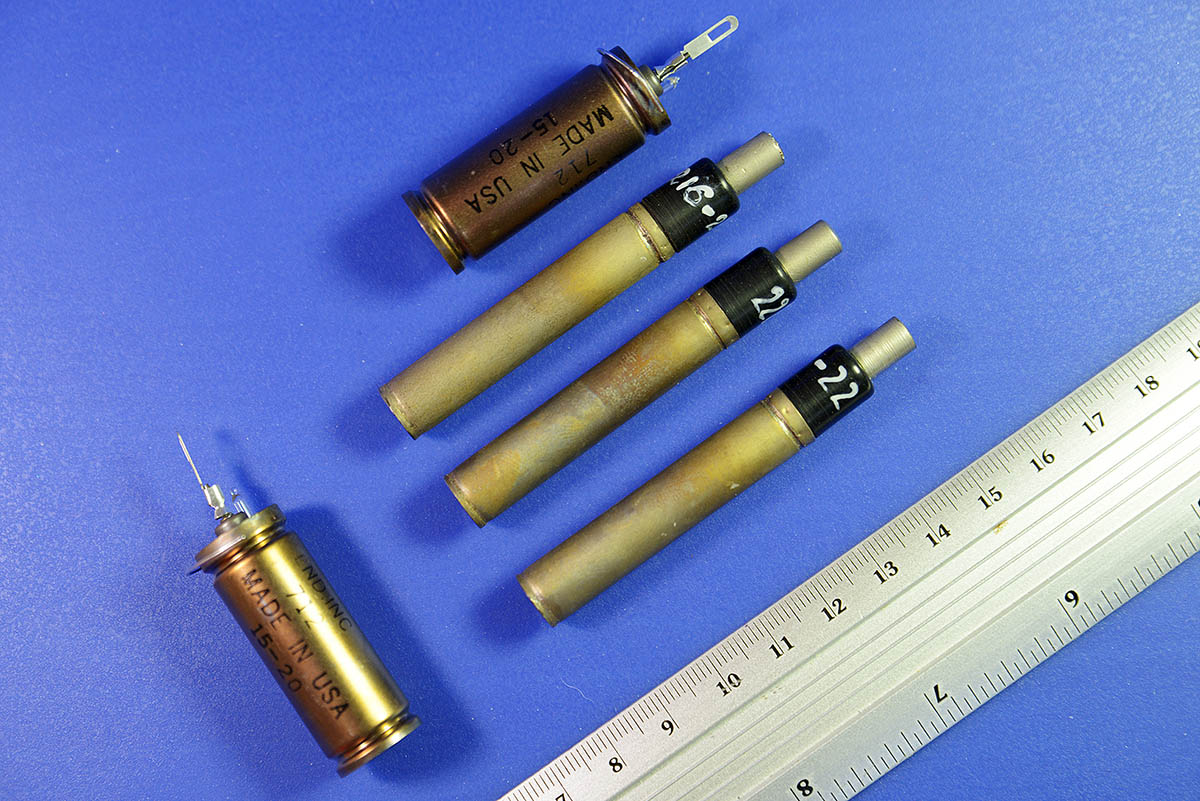
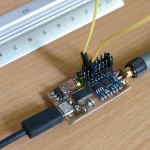
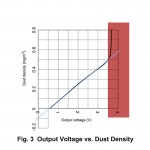
Pingback: Tube: SBM-20M Small Geiger Muller - PocketMagic
very interesting, however, I view that on ebay the price is very similar to younger lnd712